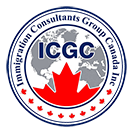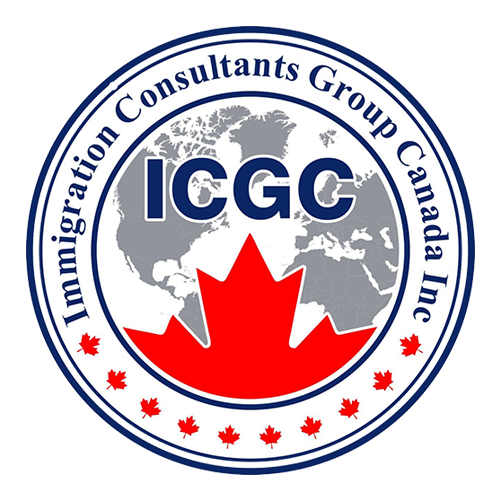How to return to Canada after being asked to leave
If you receive an order to leave the country, you may have the option to return at a later date.
Canada has the authority to ask non-Canadian citizens to leave the country by issuing removal orders. Removal orders are often issued if you have committed an illegal act while in Canada. You could also get one if you are found to be working without a valid visa or otherwise violating the conditions of your visa. If you have received a removal order, you must leave Canada within 30 days and you will likely need an Authorization to Return to Canada (ARC) should you wish to return at some point in the future.
An ARC is an official document that gives you permission to enter Canada again after a specified length of time. There are cases when it may not be necessary to obtain one if you follow the guidelines set out by the government. There are three types of removal orders. The category of removal order you receive will dictate the steps you need to take to return to Canada.
Departure order
A departure order will ask that you leave Canada by a certain date, often 30 days after issue. It will not limit if or when you can return. If you need to return to Canada at any point, it is important to leave by the deadline and, upon leaving, inform a Canadian immigration office of your departure so they may verify that you have left. If you overstay in Canada, which will be the assumption if you do not confirm your departure with an officer, your departure order becomes a deportation order, which is far more serious.
Exclusion Order
An exclusion order means that you need to leave Canada and you may not return for 12 months. If you comply with the order by leaving within the deadline and remaining outside Canada for a year, in addition to receiving a certificate of departure by confirming your departures with Canadian authorities, you do not need an ARC. Like a departure order, if you overstay the date on the exclusion order you will be issued a deportation order.
Deportation Order
A deportation order is the most serious type of removal order. It means that you must leave Canada and you are not allowed to return throughout your life. Anyone who has received a deportation order and wishes to come back must get an ARC.
How to get an ARC
To get an ARC, you must apply at the same time as you apply for a work or study permit in Canada. If you are from a visa-exempt country, you need to apply for just the ARC on its own. To apply for an ARC and visa, you will need to include all the required documents for your visa as well as:
- two passport size photographs taken within the last six months.
- a copy of your passport.
- a written letter (in English or French) explaining, in detail, the reasons you feel you should be allowed to return to Canada. The letter must be written in block letters in black ink or typed.
- the processing fee ($400 CAD).
If you did not leave Canada in the specified amount of time as stated on a departure order or an exclusion order, and you now have a deportation order, your written statement must include the reason you did not comply with dates.
You may be asked for an interview so officials can inquire about your current circumstances and why you wish to return to Canada.
Eligibility for an ARC
ARCs are often subject to the decision of the immigration officer who reviews your application. They will be looking at why you were asked to leave Canada the first time. You may have received a removal order due to circumstances such as committing an illegal act or working without a visa. It can also work against you to be unemployed or unable to demonstrate strong ties to your home country.
If you were issued a removal order due to a criminal act, you may also need to submit proof of criminal rehabilitation.
If you have fulfilled the terms of your removal order and need to return to Canada, apply for your ARC as soon as possible. There is no service standard and it may take extra time for IRCC to decide.
source: cicnews.com


